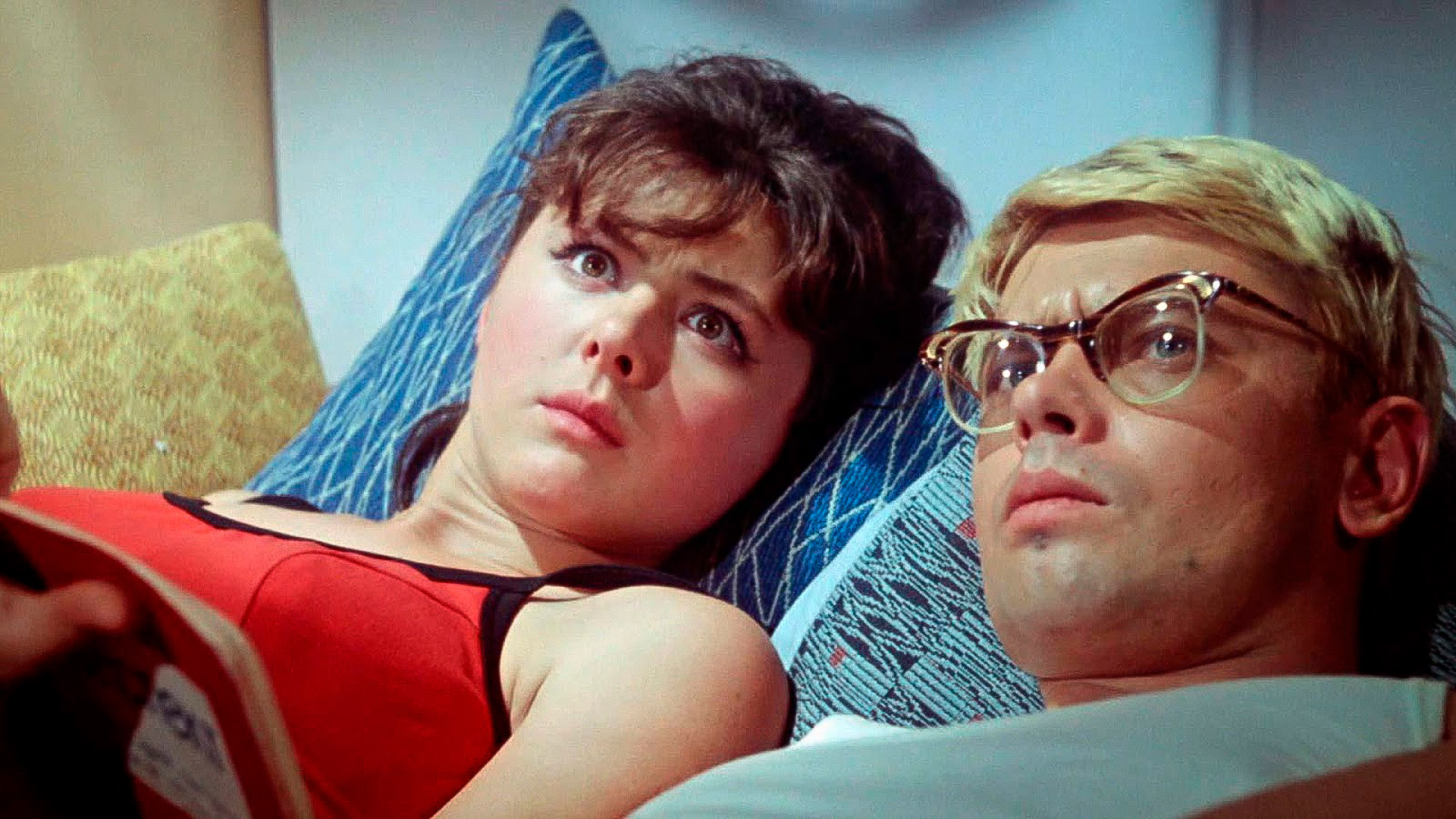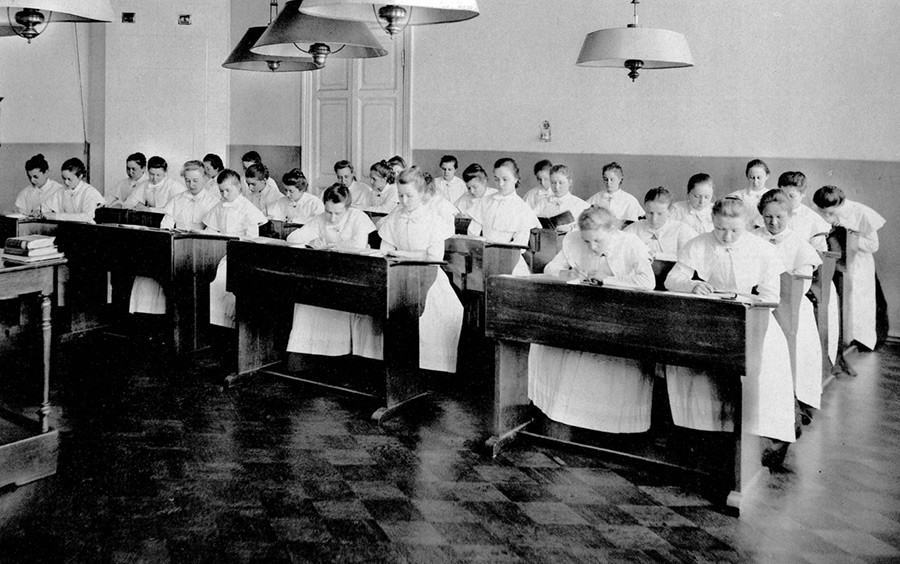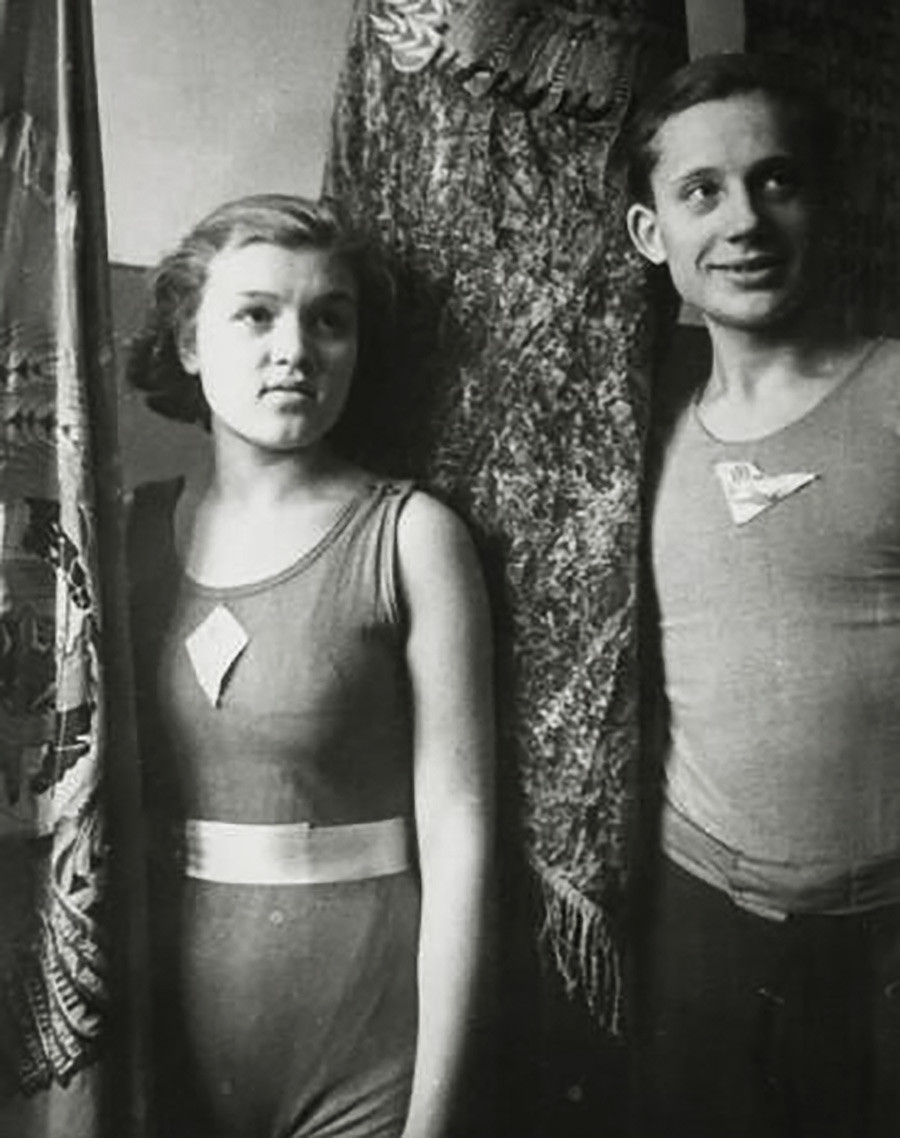What were Russian kids in the 20th century told about sex?

A screenshot from iconic Soviet comedy film 'Operation Y and Shurik's Other Adventures'
Leonid Gaidai/Mosfilm, 1965A Russian online publication about education, Mel, has published a long read: "100 years without sex: The History of sex education in the 20th century". The following are some of the highlights.
1900-1917. Virtue as protection against vice
Before the 1917 Revolution, children from aristocratic families usually learned about sex from servants. They taught young men to masturbate, and many even became their masters' first sexual partners

Moscow's Institute for Noble Maidens
Public domainIt was believed that girls should not be told about this topic at all, so as not to disturb their innocent souls. “Morality is often much more important as a defense against vice than knowledge of physiology,” wrote a teacher and the first Russian member of the IOC, Alexei Butovsky, in a 1910 brochure on physical education.
1920s . Sexual revolution for the few
After the 1917 Revolution, the notion of 'free love' came to the fore. Abortions were legalized, homosexuality was decriminalized, and there was even talk of abolishing the institution of marriage

Young athletes of early Soviet years
MAMM/MDF/russianphoto.ruThe government, however, soon embraced a conservative social policy and advocated abstinence before marriage. Brochures were published about the dangers of frequent sexual intercourse, which allegedly could even lead to dementia. There was also the notion that masturbation was fraught with the most terrible consequences.
Parents continued to avoid talking to children about sex. Teenagers learned these facts of life from other teenagers and from cheap literature, which contained numerous primitive sex scenes that tried to entice proletarians.
1930-1985. There is no sex in the USSR
“Sexual promiscuity” began to be perceived as a relic of capitalism and, therefore, unacceptable. The restrictions in all spheres of Soviet life also affected sex: abortions were again banned (but in 1955 the ban was canceled); male homosexuality and possession of pornography (which was interpreted to include

Moscow students have a rest in a camp in Anapa
Yevgeny Tikhanov/Sputnik1980s-1990s. Sexual re-awakening
In the mid-1980s, schools introduced classes in sex education and family life, but teachers struggled with finding the appropriate words to discuss a topic that had been hushed up for so

Popular in 1990s and 2000s t.A.T.u. band
Vitaly Belousov/TASSIn the 1990s, erotic scenes began to appear on television and in movies, while teen magazines began to discuss issues of sex and relationships. The teen magazines, Cool, and
2000s . Sex moves online
As the Internet became widespread, teenagers moved online. Now you can search for anything and there is no problem accessing information

Internet forums replaced Q&A rubrics in teenagers magazines
Vitaliy Ankov/SputnikWhere will Russian children learn about sex in the 21st century? Find out in our next article!
If using any of Russia Beyond's content, partly or in full, always provide an active hyperlink to the original material.
Subscribe
to our newsletter!
Get the week's best stories straight to your inbox